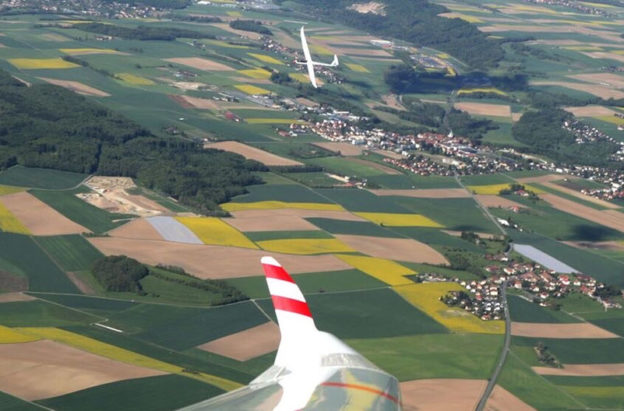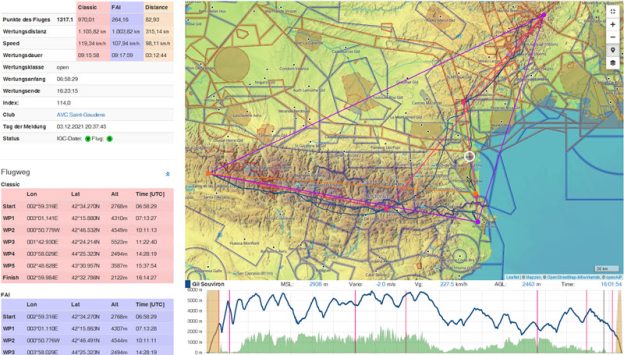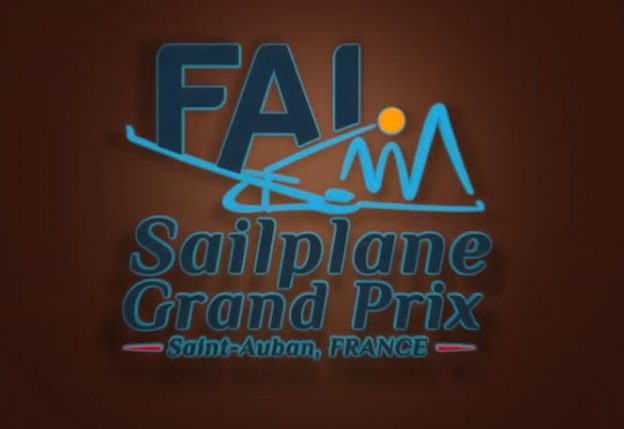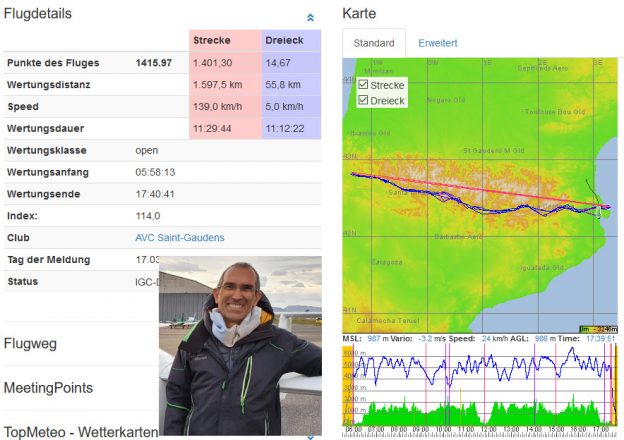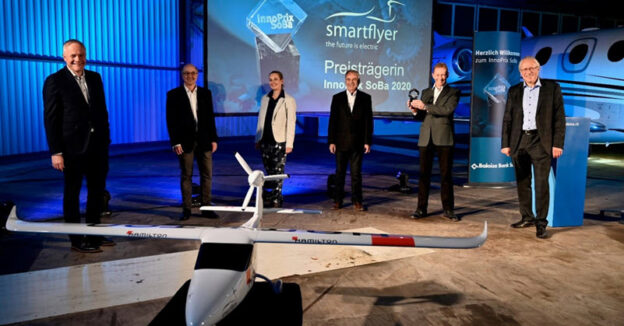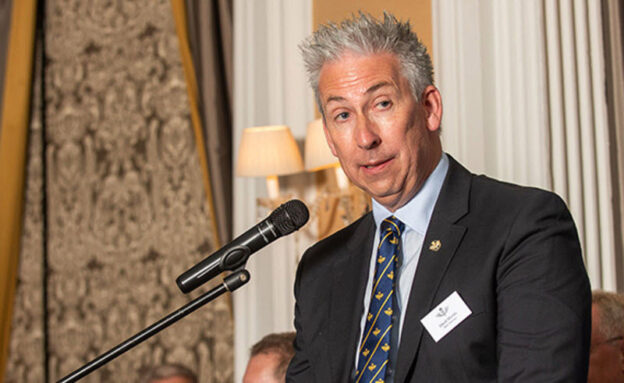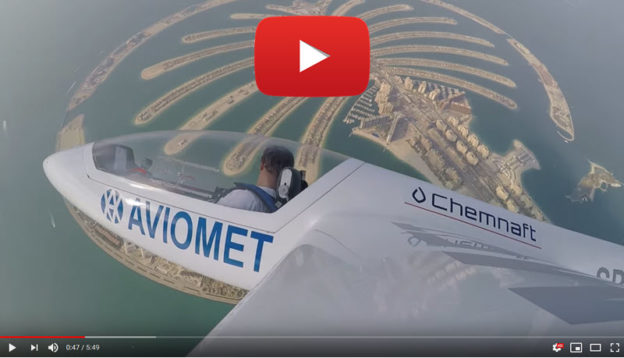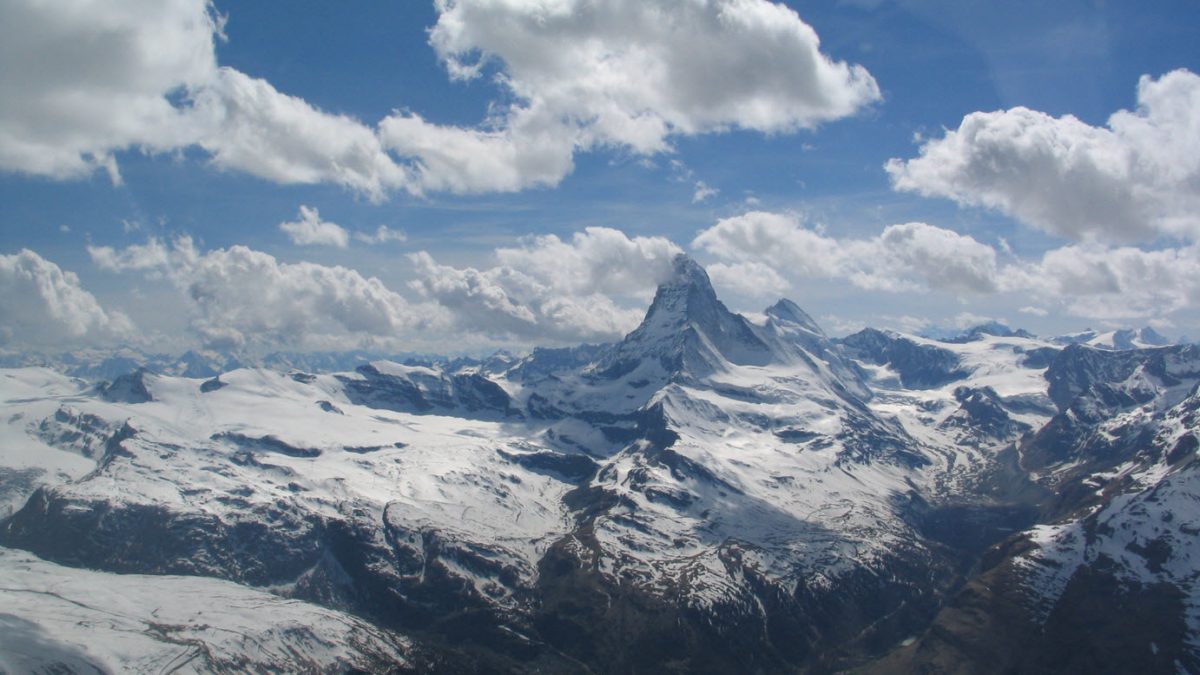World championships are, of course, a highlight of the calendar for competitors and their entourage. Still, it is not commonplace to have many visitors from outside the gliding or air sports community. When bidding for the UK to host the 11th FAI Women’s World Gliding Championships, pilot Liz Sparrow and her passionate volunteers wanted to shake things up and use the opportunity to showcase gliding and air sports to a wider audience. Engineer by trade, and top pilot in her spare time, Liz Sparrow would usually be seated firmly in the cockpit at gliding championships. But alongside a group of other motivated members of the UK-based organisation Women Gliding she decided to opt out of competing in the 11th edition of the WWGC and put forward a bid to hold it in Husbands Bosworth, UK, with Liz taking a seat in the director’s chair. Intending to share the experience from the bidding process to finding sponsors and managing media and volunteers, Liz spoke about her thoughts after the event:
Defining the vision
As a founding member of Women Gliding, Liz has long been passionate about getting more women into aviation: “In gliding and I believe in aviation in general, the percentage of women participants is around 7%. We need to address that, so in 2018 we conducted a big survey to find out who female glider pilots are, why they fly, why they don’t fly anymore, and what was putting them off. Using this valuable research, we restructured and rebranded to improve our messaging. There’s so much evidence that proves ‘you have to see it, to be it.’” Liz and the team wanted the event to showcase not just gliding but aviation in general and to encourage families, especially women and girls, to come to the event, as simply getting people to the airfield is the first hurdle. “Gliding is like a gateway drug into aviation!” she jokingly remarks, adding that the team viewed the world championship “almost as a hook, just something on which to hang many other activities and opportunities.”
Their vision was to create an event which brought together a diverse range of exhibits and activities for visitors, including female role models in aviation, real aircraft on display, STEM activity stands, flight simulators and a Sustainable Aviation Show area, as well as music and food!
Laying the foundations: team and bidding process
Even before bidding for the championships, a solid team was already being compiled, which outlined a clear vision for the event and a structure for the organisation. Those involved were experienced in organising larger events, which was integral to the success of the WWGC. There was a core team, each of whom oversaw a smaller committee which focused on an individual part of the project, for example, marketing, STEM etc. Finding valuable contacts was a vital part of the early stages, as the ideas for encouraging members of the public to linger at the airfield were essential to making the potential of the event stand out for those receiving the bids. So what made the Husbands Bosworth bid stand out from the crowd? Liz believes that the early organisation and the wider agenda helped the UK to win.
Sponsorship and Finance
Mindful that cost implications for pilots can lead to fewer registrations, the team wanted to keep fees as low as possible. That meant that the financing of the extra activities had to come from sponsors. Time to make some calls! “It was essential to reach out to both the local community and larger national organisations, and not just in the gliding world. But first, we had to work out exactly what we were offering in return for sponsorship… We knew we couldn’t offer the marketing possibilities that larger internationally televised events can enjoy, but we had something else up our sleeves: people! People who engage in gliding, aviation, in STEM subjects, from an early age make great employees. Youngsters can learn to glide aged 14, and those who are allowed to take responsibility for themselves, and an aircraft, gain awesome life skills. At airfields, they mix with people of all ages, they become part of a team, and they use their brains. We found that companies and organisations wanted to engage with these people and were keen to help us.”
A ’hit list of 5-6 big names was contacted, both corporate and public service. “We tried all sorts of ideas. Some were successful, some not, but when we did get sponsors on board, it became a good partnership with benefits for both sides.” Liz was also approached by local community organisations that wanted to get involved. “The Inner Wheel – like a rotary club but led by women – were a great source of help. One of their members, Suzanne joined the Core Team and led the Events workstream. Inner Wheel was key to networking and building relationships with local government and organisations and recruiting volunteers. They put us in touch with local music groups, caterers and suchlike.” The organisers also contacted the Air League UK and the Department of Transport Aviation Ambassadors (a group of which Liz has been a member) for advice, who put the team in touch with other organisations and people. A key takeaway regarding financial support was that “organisations are keener to offer ‘stuff’ and time rather than financial support, so we made the best possible use of what we were offered!”
Managing volunteers
The whole event was staffed solely by volunteers. But with such a long event, it wasn’t always easy to find people who could help out for the whole duration of the event. Liz notes that “employers often allow their staff to take paid time off for volunteering work as part of their corporate human resources/CSR strategy. We tapped into that and managed to get our volunteer team to use a combination of annual leave plus paid volunteer hours which helped. To recruit the volunteers, each committee used their contacts within the gliding community. One thing Liz notes in hindsight is that “you need more volunteers during the practice week than during the actual competition, as there is still all the setting up to do as well as the flights.”
Using the Media
Liz comments: “We knew media would be hugely important to attract the public, so we devoted a committee to this alone. We prepared a communication schedule to talk about STEM and all the activities and presentations we were offering. We set up the website and social accounts, and with the logo, we used similar styling to Women Gliding to create familiarity and branding.” The team was delighted when photographer and videographer Georgia Schofield from New Zealand – also a glider pilot – contacted them to offer her assistance. “Having Georgia’s input has been amazing; the messaging and the images have just been brilliant. They’re also a great resource for us to use for the future; we can use the photos for various purposes.”
Into the future
After a successful event in which public visitors numbered around 2000, with many families staying to enjoy the festival atmosphere, how can the aviation community learn from the organisation of the WWGC? Liz is due to have a full review of the project with the core team to put together their findings and thoughts on how to build on the success for the future: “We aim to set up some scalable resources: for local clubs to encourage new participants and visitors, as well as for larger events further afield. We have some great contacts and Georgia’s videos that we can take into schools to inspire the next generation of aviators. The organisers of the 12th WWGC in Garray, Spain, visited us, and we will chat with them soon to share our experiences.” In terms of how the actual event ran, Liz is “really pleased. The feedback has been very good. We had good weather for practice, but most of the competition days were very testing, and it was hard work for the task-setting team and challenging for the pilots. But all in all, I’m proud of what we achieved. There was no damage, and the atmosphere was safe and courteous. And we achieved our wider aims of engaging people outside the sport.” And what does the 12th WWGC hold for Liz? “I enjoyed seeing all our hard work and our vision come to life, it’s been brilliant. But in Spain, you will probably see me back in the cockpit!” Source: ‚FAI‚.
Diesen Beitrag teilen mit:
Gefällt mir:
Gefällt mir Wird geladen …







